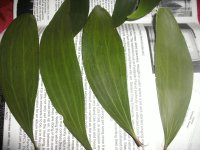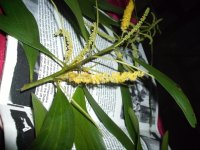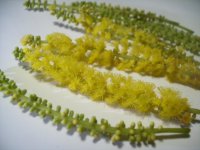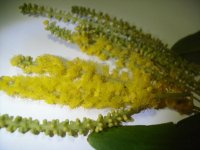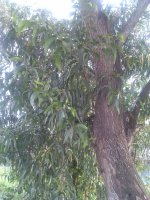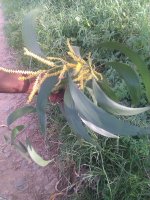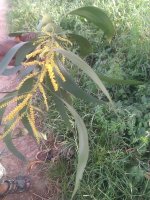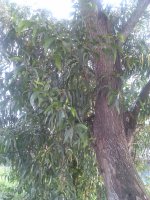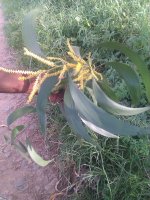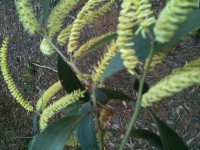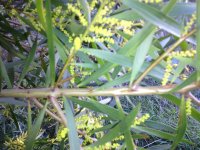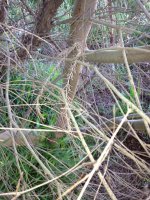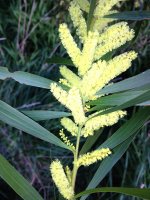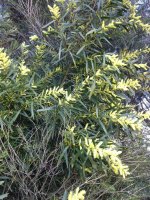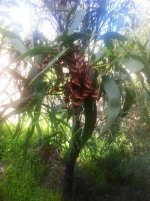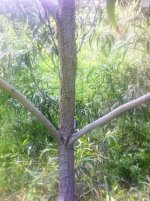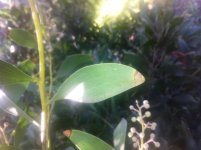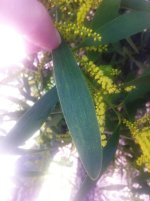Hamilton Bardwater
Rising Star
Okay, so this time I grabbed my camera, my girlfriend and left my bong at home; and this time I got some better photos 
Many thanks Nexians!
Acacia #1:
I'm certain that this one is longifolia, but I'm not 100% sure if it's the correct variation. Hopefully Nen is around some time soon to give me a hand.
Note the light colour of the phyllodes and their relative length.



Acacia #2:
I took some more photos of the suspected floribunda, and I got a good look and measurement at the phyllodes. The longest of them measured to be 25cm. Hopefully you two, Spice and r2pi, can give this one more look. I noted about this tree, and several others of simmilar appearance, that that the phyllodes seemed to sprout from the branches quite dramatically, with some even sprouting from the trunk itself.
They were also very firm, a fact that I found out by slapping my girlfriend in the legs with them


Acacia #3:
This acacia's foliage was considerably limp and numerous, the leaves were light in colour and very soft. From my observation, this definitely isn't the same acacia as #1 or #2.




Many thanks Nexians!
Acacia #1:
I'm certain that this one is longifolia, but I'm not 100% sure if it's the correct variation. Hopefully Nen is around some time soon to give me a hand.
Note the light colour of the phyllodes and their relative length.



Acacia #2:
I took some more photos of the suspected floribunda, and I got a good look and measurement at the phyllodes. The longest of them measured to be 25cm. Hopefully you two, Spice and r2pi, can give this one more look. I noted about this tree, and several others of simmilar appearance, that that the phyllodes seemed to sprout from the branches quite dramatically, with some even sprouting from the trunk itself.
They were also very firm, a fact that I found out by slapping my girlfriend in the legs with them


Acacia #3:
This acacia's foliage was considerably limp and numerous, the leaves were light in colour and very soft. From my observation, this definitely isn't the same acacia as #1 or #2.




